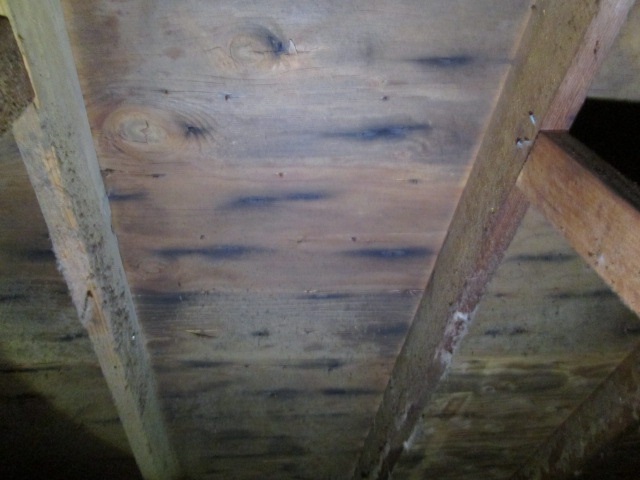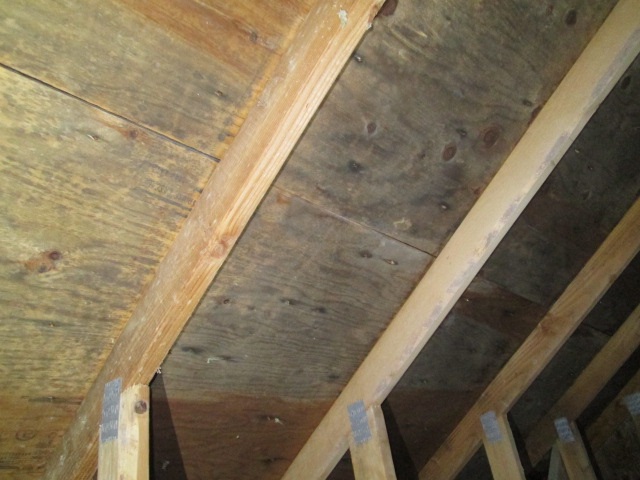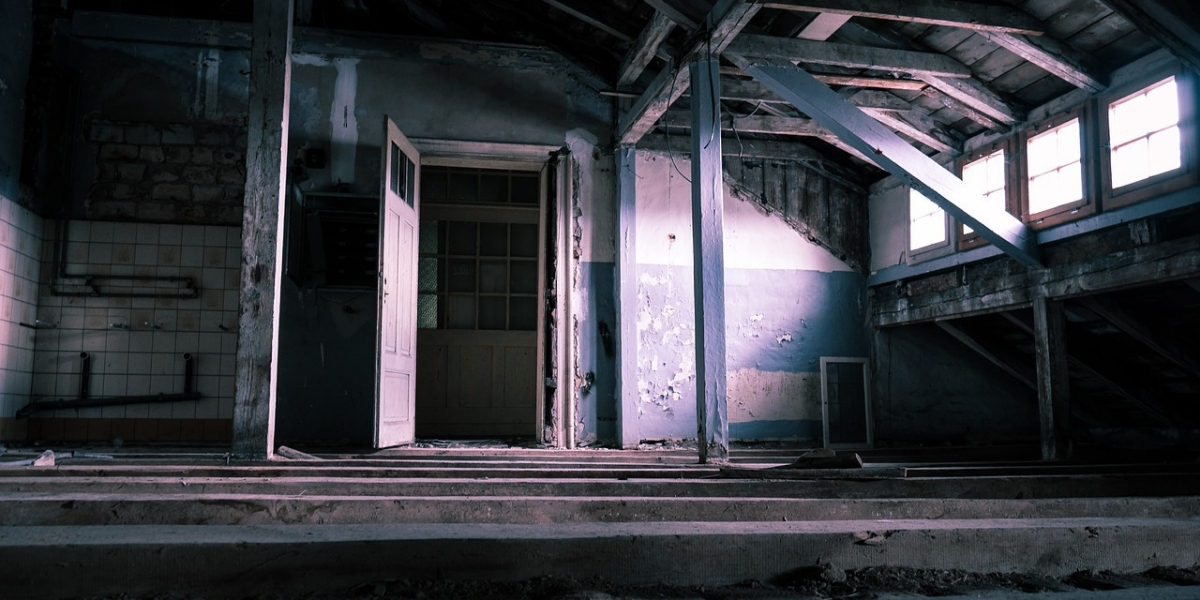
Attics in modern houses have changed. The days of storing war chests full of family memorabilia and heirlooms are largely a thing of the past. This is because rather than finding wood planks across the attic framing, you are likely to find large amounts of insulation. As energy costs have risen dramatically over the last couple of decades, we’ve looked for ways to improve the energy efficiency of homes. One easy way is to add more insulation to the attic.
While additional insulation in attics is an effective way to save money on heating bills, there are some unintended consequences. One of them is excess moisture in the attic that often results in mold or mildew on the wood framing.
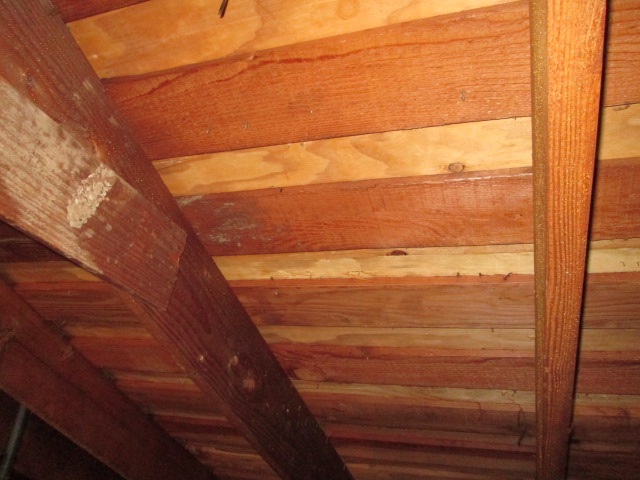
Let’s Analyze
Let’s analyze what happens when we add a bunch of insulation in an attic. Normally, the heat escapes from the house through the attic. Attic temperatures can typically be 10-20⁰ warmer than the outside temperature. You may have noticed this if you’ve went into your attic during the summer. When you add insulation, the heat stays in your home and the attic becomes much cooler. The cooler temperatures make the wood surfaces more of a target for water vapor condensation.
Think about what happens when you take a cold beverage can out of the refrigerator. Moisture droplets form on the surface. This same phenomenon occurs in the attic when surfaces are cold. Water vapor from cooking, showers, people breathing or humidity in the air, condenses on the cold wood surfaces in the attic. Houses are built with the intent that the attic will be ventilated enough for moisture to escape. Often though, there is not enough ventilation or another problem exists. One common problem is a poorly terminating or broken duct from bathroom and kitchen exhaust fans. The moisture from a steamy shower is routed through the fan, then the attic and finally outside the house. However, if the ducting above isn’t installed properly or broken, the moisture just ends up as water vapor in your attic.
Moisture
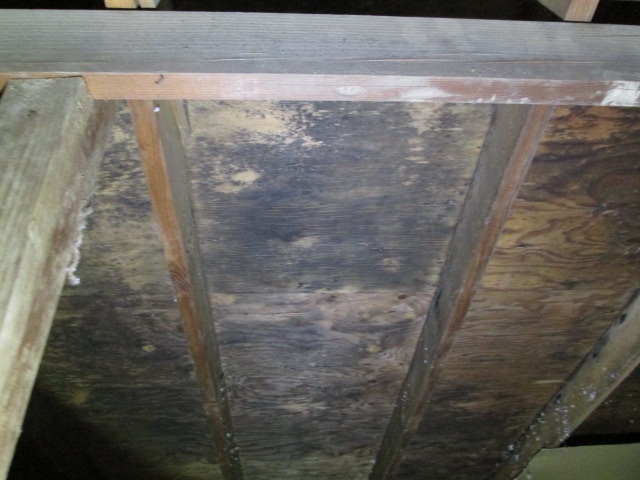
When moisture droplets collect on wood surfaces in an attic, a discoloration often occurs. This is likely a mold or mildew of some type but testing from a specialist is needed for confirmation. It’s a good idea to check your attic periodically for signs of excess moisture. An attic free of a moisture problem should have healthy looking wood framing. This means the lumber has a nice golden brown or golden yellow color. If you find grayish wood with black or white splotches, there may be a ventilation problem that needs attention. When identified early, a moisture problem can be relatively easy and inexpensive to remedy. But, when left to continue for several years or longer, it can have a serious impact on the roof and overall structure of the house.
One last word of caution, there are discolorations on wood that occur prior to the materials being placed in the attic. A professional inspector should be able to advise whether there is any reason for concern. Text or email us a picture and we’d be happy to give a preliminary evaluation. If needed, we can come to your home for a thorough inspection. As always, feel free to contact us with any questions.
